KAZUYA: TEA TASTING BY MÉLINA DA ROCHA
Kazuya, The Quintessence Of Natural Agriculture
When it comes to tea, connoisseurs sometimes consider organically grown teas to be of lesser gustatory interest than conventional teas. Yet, to ensure a more sustainable and responsible future, it is crucial to adopt more environmentally-friendly solutions.
Fortunately, some producers in Kyushu are determined to change the image of organic farming, offering exceptional teas that go even further by doing without organic pesticides! Thanks to their understanding of the ecosystem and their mastery of natural agriculture, the line between conventional and organic farming has never been so tenuous.
To convince you of this, I invite you to discover the exceptional competition sencha from Saga prefecture, KAZUYA.

Cultivars And Their Aromatic Influence
In Japan, tea growers mainly use cuttings, i.e. "cloned" tea plants, to produce teas that meet the desired aromatic or botanical criteria. A group of tea plants cloned from a common parent tea plant is known as a "cultivar": in the world of wine, it is known as a "cépage," which means grape variety in French.
The most popular cultivar is undoubtedly Yabukita: first registered in 1956, it now accounts for over 90% of the tea bushes grown in Japan. Its exceptional adaptability and resistance to cold have made it popular with growers. Teas made from this cultivar are generally slightly bitter, with a light umami flavor.
Older than Yabukita, the Asatsuyu cultivar offers a milder, umami flavor profile. It's sometimes called "natural gyokuro", thanks to the beautiful green color of its liquors and its powerful aroma.

The "natural Gyokuro" cultivar : Asatsuyu
Tasting Kazuya Organic Competition Sencha
Kazuya is a first-harvest organic sencha produced by Tsuru-san in Chigiriyama, Saga prefecture, Kyushu. He is one of four farmers in Kyushu producing tea without the use of any pesticides, and in 2017 received certification as a special agricultural product from Saga Prefecture.
Kazuya is a cross between the Asatsuyu and Yabukita cultivars, which in theory could give it an aroma profile close to Saemidori, i.e. quite mild.
The first thing I noticed is the bouquet: beautiful, fine quality needles, with a gradation ranging from olive green to chrome green.
For this sencha tasting, I used a terracotta kyusu. I ensured that it is warmed with hot, low-mineral water, as well as the Japanese ceramic cup that will hold the Kazuya liqueur.
I poured 4 grams of Kazuya sencha, to take full advantage of its aromatic palette, with water at 60C degrees, for 2 minutes, to minimize the development of bitterness.
Once infused, the fresh, even leaves opened gently. On the nose, they gave off vegetal scents of fresh vegetables and herbs, and iodized scents reminiscent of white fish flesh.
Visually, the liqueur was close to topaz yellow in color, with light green highlights, and was quite clear. A very slight amount of tea flakes were perceptible, which is quite rare for a tea from the Asatsuyu cultivar.

Finally, won over by the presentation, I tasted the Kazuya: the complexity of this tea astounded me with its exceptional character.
The powerful herbal aromas hit me with a pronounced bitterness. Notes of fresh herbs and cooked greens, reminiscent of collards, then gave way to a powerful tidal wave of umami, and even a salty sensation, with notes reminiscent of salt-cured fish. Once the wave was broken, a sweet note of honey subtly emerged, quite persistent...
The full-bodied liqueur had a full, velvety mouthfeel. Its powdery texture kept it supple, essential to maintaining the flavor balance of this generous tea.

I continued my tasting with a second infusion: here, the liqueur took on a decidedly greener hue, close to canary yellow.
This time, the tea's sweetness came through more quickly than with the first infusion. Kazuya's bitterness and sweetness were now harmoniously intertwined, offering a surprisingly elegant waltz of flavors. As the umami and marine aromas lost their power, the cabbage notes were now more present for an overall more vegetal sensation. The liqueur became smoother and more full-bodied, giving even greater strength to the honeyed final note, which this time had a notable length on the palate.
A third infusion offered a rounder, sweeter experience, with a discreet touch of umami. The pleasantly creamy, powdery texture and honeyed notes brought the experience to a very tasty conclusion.
Kazuya is an expansive, memorable, and generous sencha with four different flavors and a wide range of aromatic notes, giving it an extraordinary character.
 Honey in color and taste
Honey in color and taste
How To Brew Kazuya Sencha?
Kazuya is a tea with a strong aroma and a slight bitterness. To achieve a satisfactory balance between the different flavors this sencha offers, it is best to brew it at a lower temperature (60°C).
Preparation According To Tsuru-San's Method (For Two People):
Pour 8 grams of tea leaves into a teapot, preferably a kyusu.
Heat 180 ml water to between 60 and 70°C, then pour into the teapot. Steep for 2 minutes. Pour successively into each cup and enjoy.
For a second infusion, brew at 70 degrees for 1 minute. For a third infusion, brew at 80 degrees for 30 seconds.
 During one of our visits at Tsuru san's
During one of our visits at Tsuru san's

There is always room for a great laugh !

Tasting Session

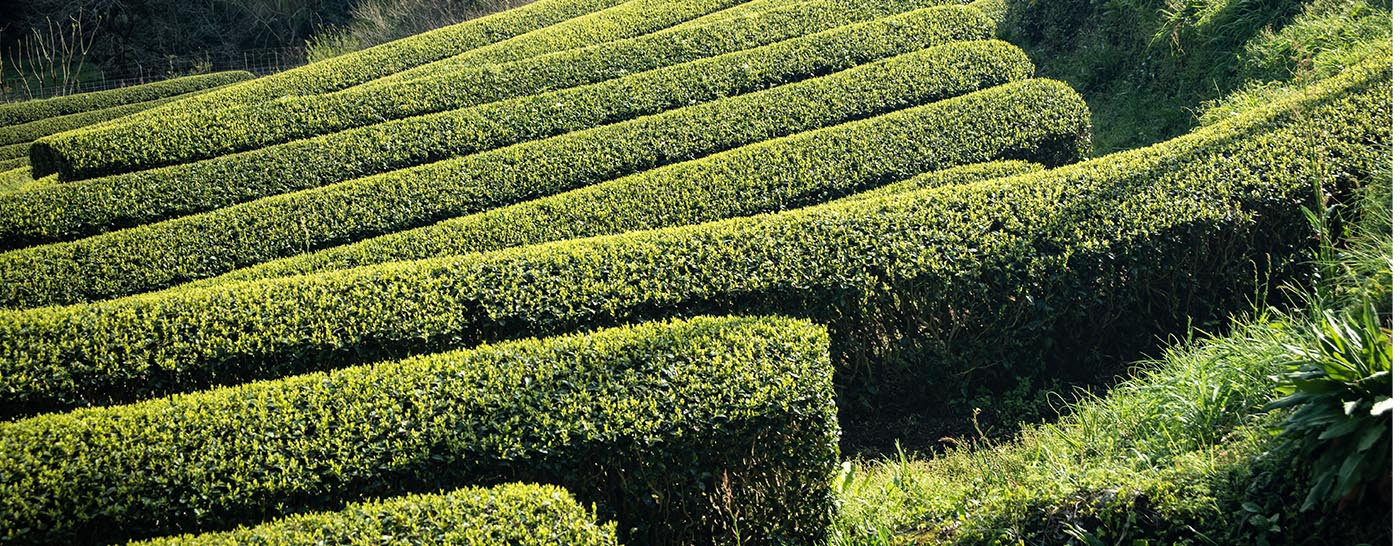

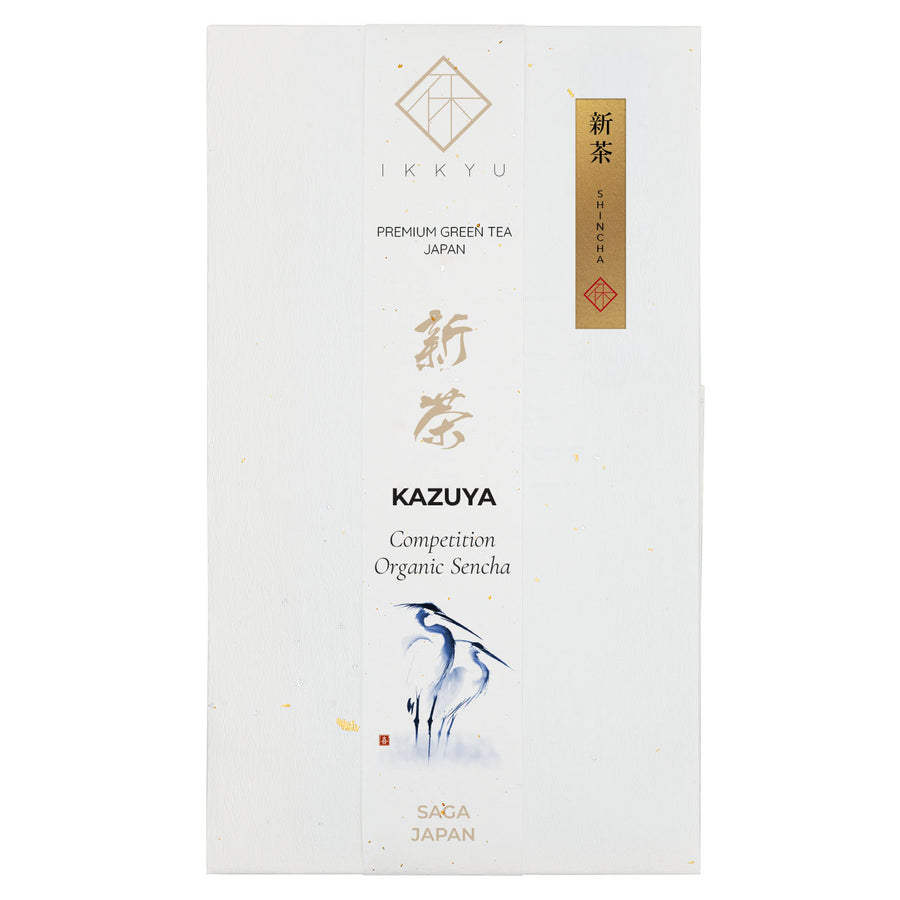
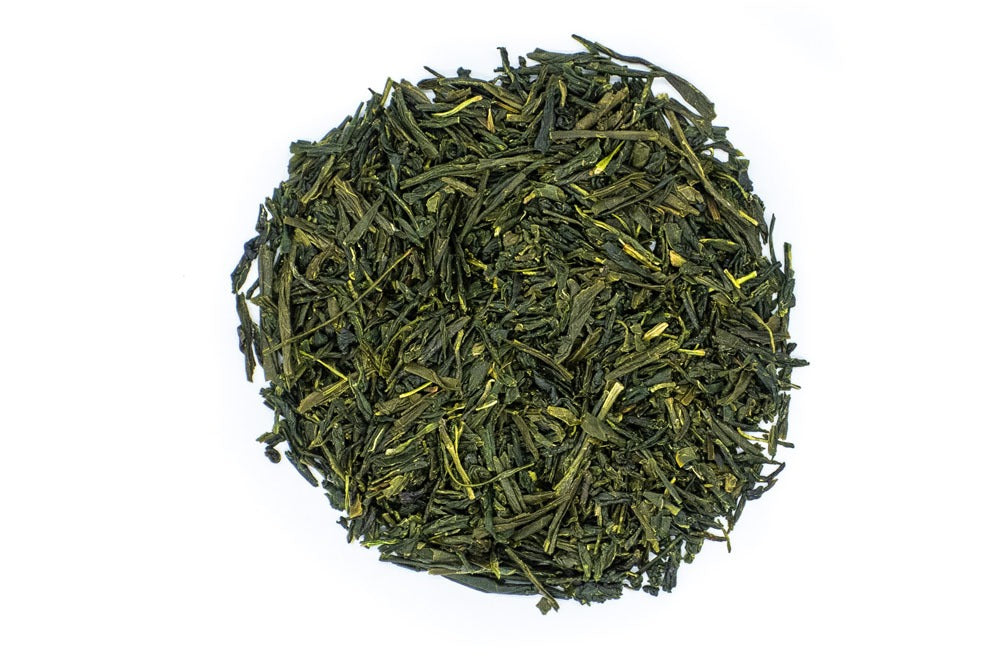
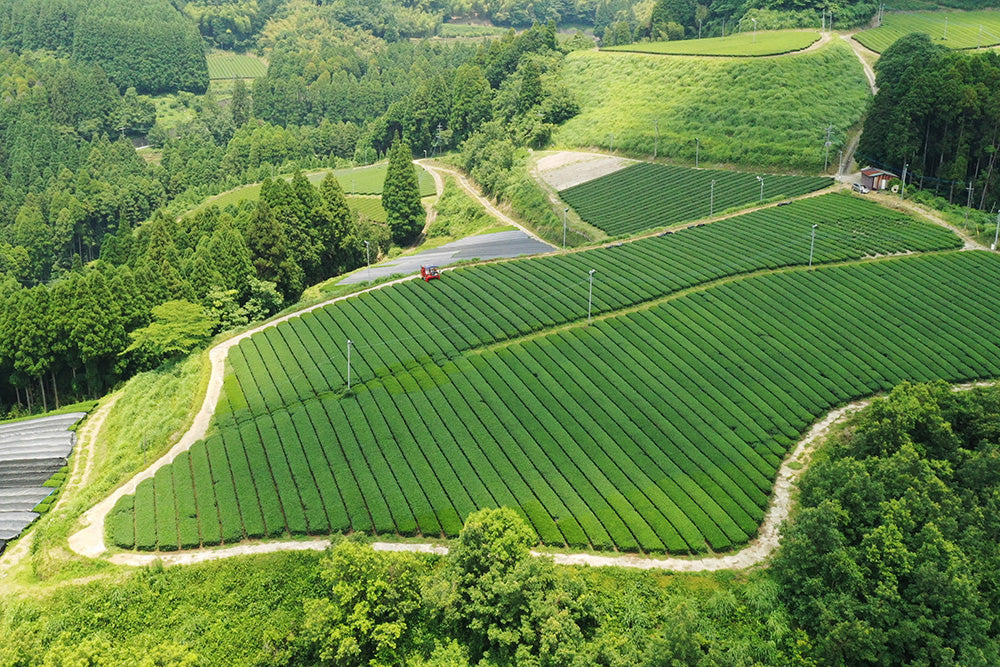
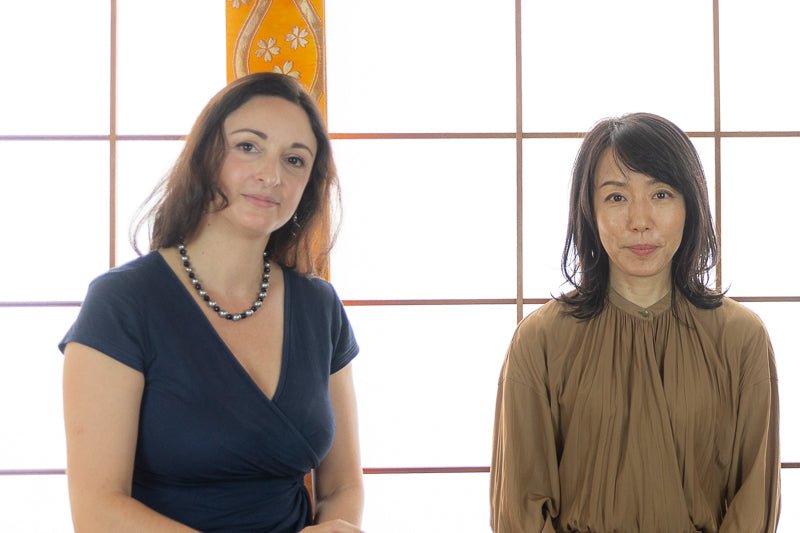
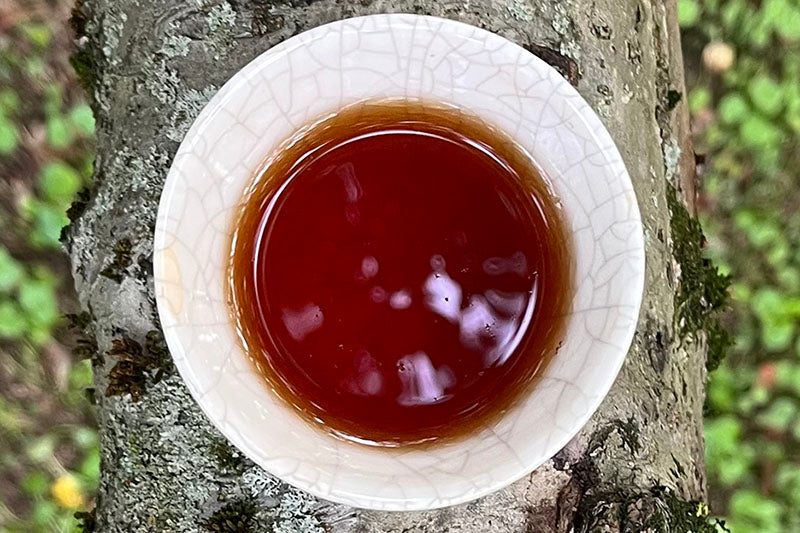
Laissez un commentaire